Do you fear that lavender tea will taste like a mouthful of potpourri?
You might be unsure if lavender tea will taste like a meadow or your grandmother’s perfume, leaving you curious but hesitant to take that first sip.
So, let’s cut to the chase and learn “what does lavender tea taste like?”
Lavender tea has a distinct taste, often described as floral and mildly sweet. It carries herbal notes, with a touch of citrus, bitterness, and earthiness. Some find it mildly soothing, while others may perceive a subtle, refreshing essence.
Want to know how you can make lavender tea tastier? Well, pair it with the right dishes!
But which ones? Scroll to find this and all!

What Does Lavender Milk Tea Taste Like?
Lavender milk tea has a distinct taste that combines the floral notes of lavender with the creamy richness of milk.
When you take a sip, you’ll find it offers a subtle, mildly sweet herbal experience that’s unique to lavender, but not overpowering.
I find the lavender’s presence in the tea to be noticeable but not dominating.
It contributes a mildly earthy and slightly woody flavor that adds a sense of relaxation to each sip.
The combination of the lavender and milk creates a creamy, yet subtly floral taste that’s pleasing to the palate.
Why Does Lavender Tea Taste So?
The unique taste of lavender tea is a result of the natural compounds in lavender flowers, specifically its essential oils.
When you drink lavender tea, you’re experiencing the distinct flavors that come from compounds like linalool and linalyl acetate.
The flavor of lavender tea can vary, and this is something you’ll notice as you explore different varieties of lavender tea.
English lavender (Lavandula angustifolia), for example, is known for its milder and sweeter taste, which can be quite pleasing to your palate.
People often find the taste of lavender tea to be calming and soothing, making it a popular choice for relaxation.
It’s important to use lavender in the right amount, though, as using too much can make the tea taste overly floral or soapy, which is not what you’d want.
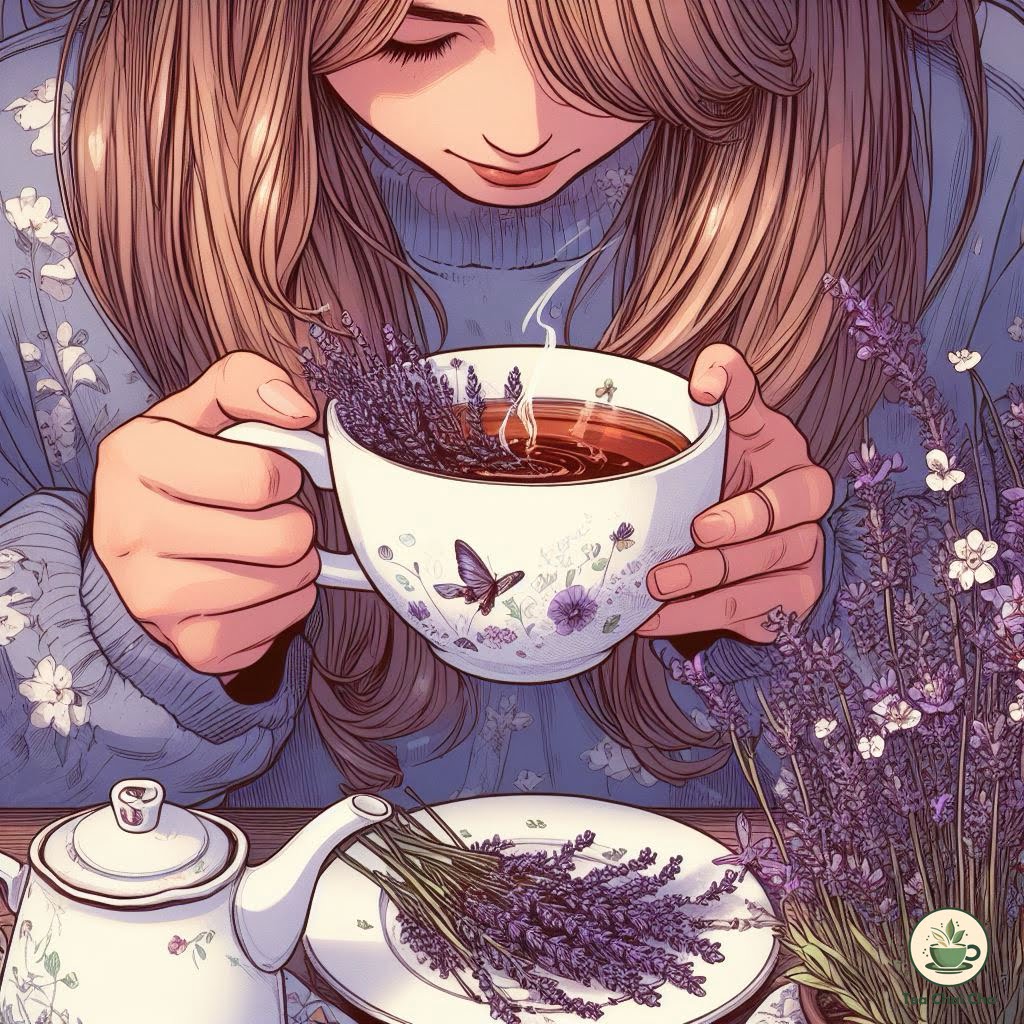
5 Different Tastes of Lavender Tea
Lavender tea has a delightful array of flavors and aromas, each with its unique tasting notes.
The distinct characteristics in these teas arise from the type of lavender used and how it’s prepared.
In general, you should be noticing these notes in this tea:
1. Floral
If you’re a fan of floral flavors, lavender tea will captivate your senses.
This tea boasts an unmistakable floral elegance, thanks to the presence of linalool, a fragrant compound found in lavender.
With every sip, you’ll feel as if you’re strolling through a lavender field in full bloom.
2. Earthiness
For those who appreciate earthy undertones in their tea, lavender offers a subtle yet grounding quality.
Terpenes and coumarins in lavender flowers contribute to this earthy note, adding depth and balance to the overall tea profile.
3. Sweetness and Bitterness
Lavender tea strikes a harmonious balance between sweet and bitter notes.
Natural sugars in lavender flowers bring a pleasant sweetness, while the presence of tannins introduces a mild bitterness.
This well-balanced interplay of flavors is sure to delight your palate.
4. Citrusy Twist
If you enjoy the zest of citrusy notes, you may occasionally detect a hint of this in lavender tea.
The tea’s unique citrus-like brightness is attributed to terpenes like limonene.
It’s a pleasant surprise that adds complexity to the overall flavor.
5. Herbal Complexity
Since lavender tea is an herbal infusion, it naturally offers a rich and herbal complexity.
This complexity arises from the diverse phytochemicals and essential oils present in lavender plants.
For those seeking a herbal tea like no other, lavender is a top choice.
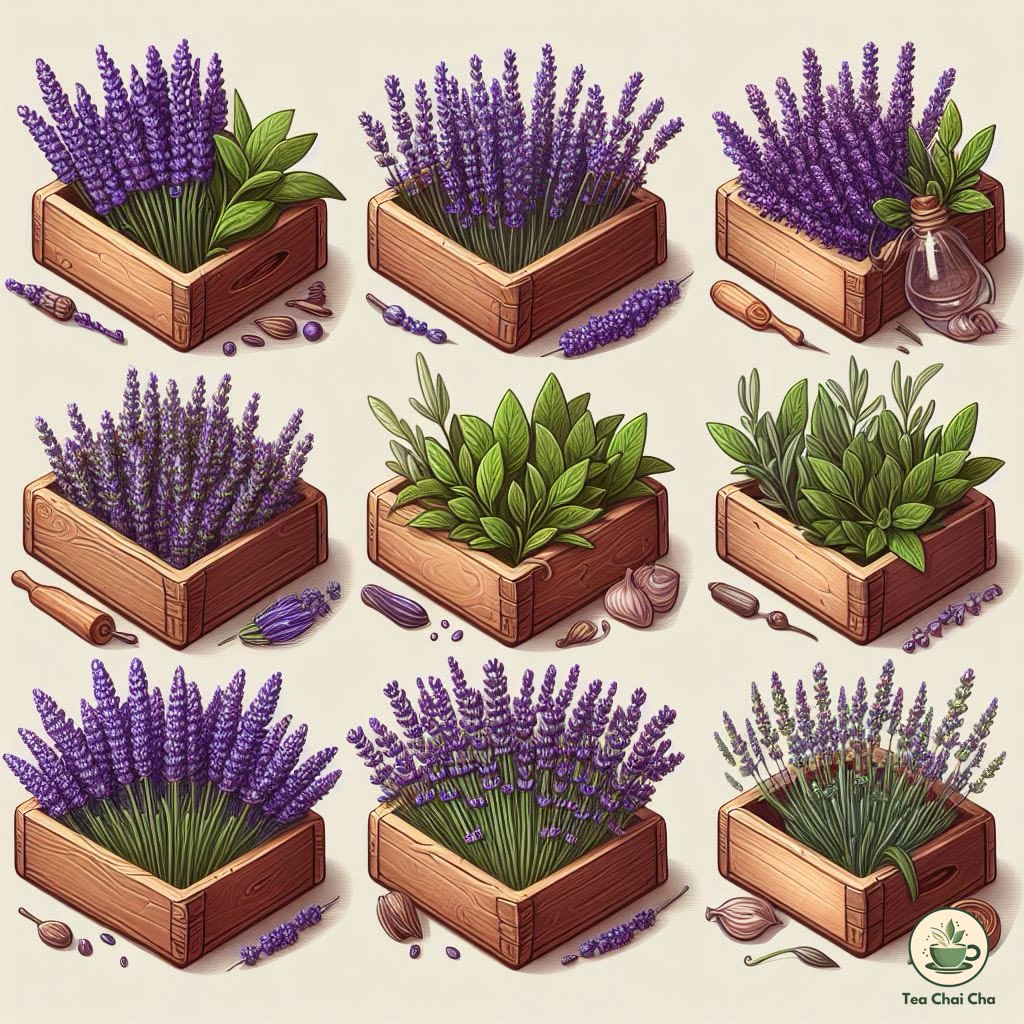
What Do Different Lavender Teas Taste Like?
Lavender tea offers a unique and soothing experience, with each type of lavender contributing its distinct taste.
If you’re exploring lavender teas, here’s what to expect from different lavender varieties.
1. English Lavender Tea
For those seeking a gentle and elegant tea, English lavender (Lavandula angustifolia) is an ideal choice.
It’s characterized by a subtle, sweet, and floral taste with a touch of citrus.
This variety provides a mild and calming flavor, making it perfect for moments of relaxation.
2. French Lavender Tea
French lavender (Lavandula stoechas) offers a slightly different experience.
Its flavor is robust and resinous, with a mildly fruity and herbal essence.
There’s also a hint of spiciness that sets it apart from other lavenders.
3. Spanish Lavender Tea
If you prefer a bolder and more earthy flavor, Spanish lavender (Lavandula dentata) is a notable choice.
Its taste is bold and robust, featuring earthy and slightly peppery notes.
This lavender variety is for those who appreciate a more intense and grounding tea experience.
4. Spike Lavender Tea
Spike lavender (Lavandula latifolia) stands out with its camphor-like aroma and a slightly medicinal, herbaceous flavor.
It’s not as sweet as English lavender but offers a sharp and invigorating taste.
This choice is for those looking for a unique and bold lavender infusion.
5. Lavandin Tea
Lavandin, a hybrid of English and spike lavender, strikes a balance between sweetness and intensity.
Its taste is mildly sweet and aromatic, with a gentle herbal undertone.
Lavandin tea provides a well-rounded lavender experience, making it a versatile choice that caters to various preferences.
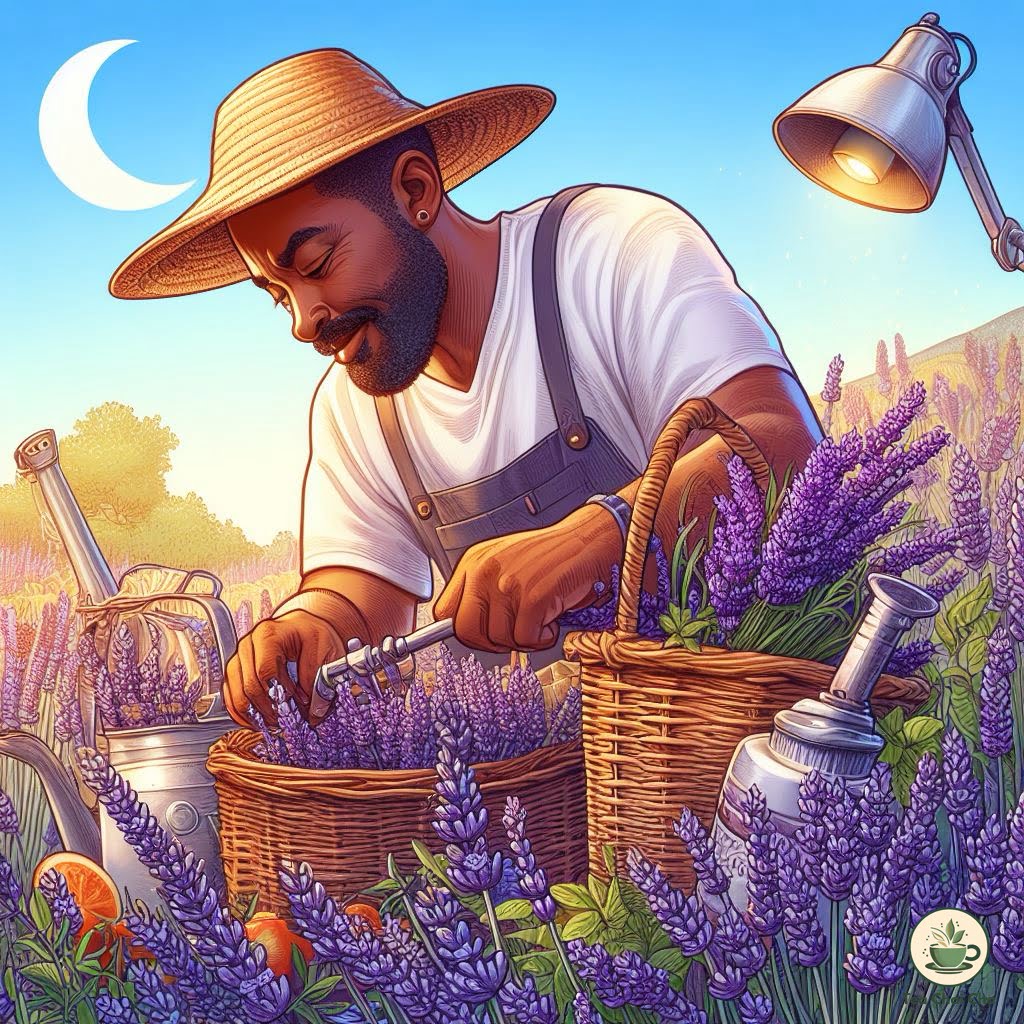
6 Tips to Pick the Best Tasting Lavender for Tea
When choosing lavender for your tea, you’ll want to ensure you get the best-tasting variety.
Here are some tips to help you pick the perfect lavender for your tea, even if you prefer pre-made blends.
1. Opt for Culinary Lavender
For the most flavorful lavender tea, it’s crucial to select culinary lavender.
This specific type of lavender is cultivated for its taste and aroma, making it ideal for culinary uses, including tea.
Look for lavender labeled as “culinary” or “food-grade” to ensure you’re getting the best quality for your tea.
2. Consider Lavandula angustifolia (English Lavender)
One of the most popular and best-tasting lavender varieties for tea is Lavandula angustifolia, commonly known as English Lavender.
It boasts a sweet and mild flavor, making it a great choice for tea.
Keep an eye out for this particular lavender type to enhance your tea-drinking experience.
3. Smell the Lavender
Before purchasing lavender for tea, don’t hesitate to sniff the lavender buds.
A strong, pleasant aroma is a good indicator of its flavor.
If the lavender has a fragrant and soothing scent, it’s more likely to make a delicious tea.
Trust your sense of smell in this instance.
4. Check for Freshness
To ensure the best taste, check the freshness of the lavender.
Freshness plays a vital role in flavor.
Look for buds that are plump and vibrant in color.
Avoid lavender that appears faded or has been sitting on the shelf for a long time.
5. Organic Lavender
Consider choosing organic lavender if available.
Organic lavender is grown without synthetic pesticides or chemicals, which can impact the taste and safety of your tea.
Organic options tend to offer a more authentic and unadulterated lavender flavor.
6. Harvesting Time
The timing of lavender harvesting can affect its flavor.
Harvest lavender buds just before they reach full bloom, typically in the morning when the essential oils are most concentrated.
This timing can result in a more potent and delightful lavender tea.
What Flavors Pair Well with Lavender Tea
When it comes to enhancing your lavender tea experience, knowing what flavors pair well with it can make all the difference.
Lavender tea has a delicate floral aroma and a slightly sweet, herbal taste.
Savory Pairings
Here are some simple yet effective tips for pairing lavender tea with savory foods:

1. Citrus and Lavender
The bright and zesty notes of citrus fruits like lemon or orange complement the floral undertones of lavender tea.
The citrus adds a refreshing twist to your tea, making it a great match for light, savory dishes like salads, chicken, or seafood.
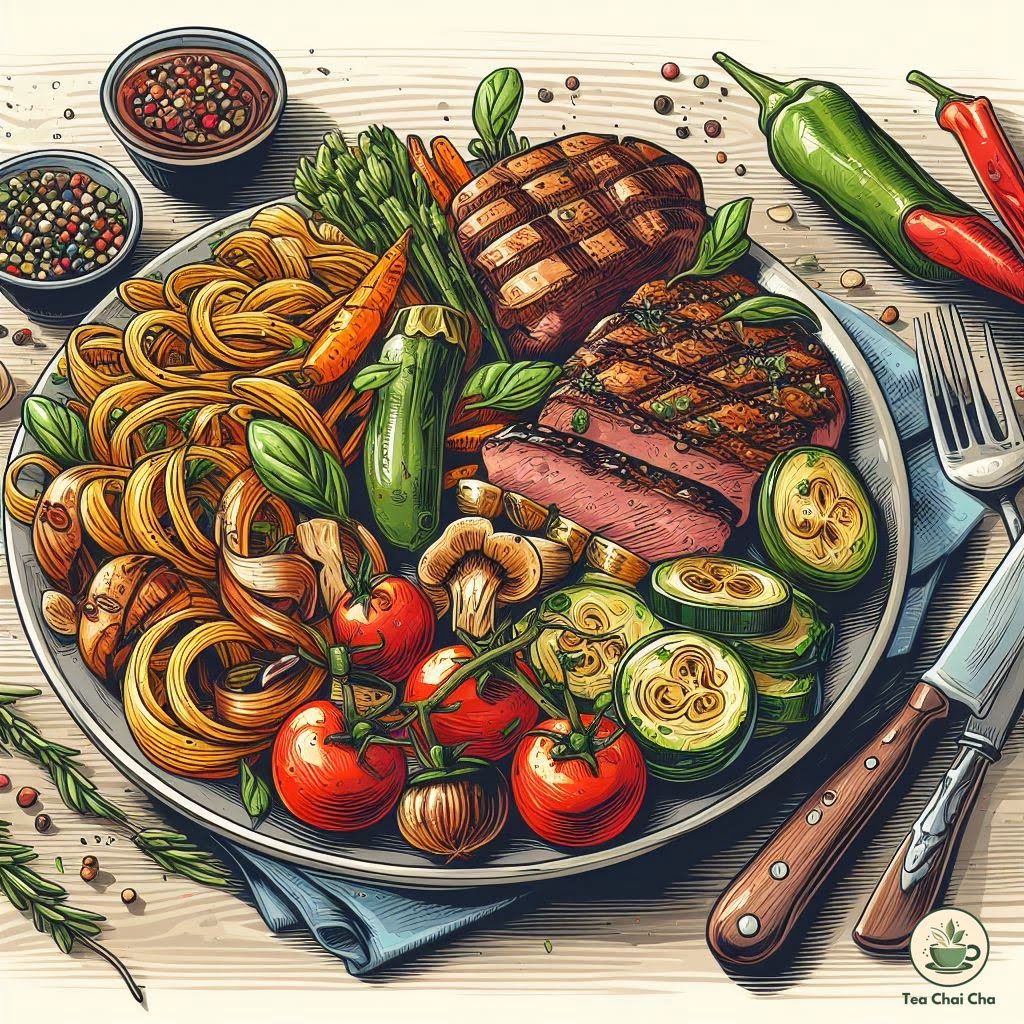
2. Herbs and Lavender
Lavender’s herbal qualities make it an excellent companion for savory dishes featuring herbs such as rosemary, thyme, or basil.
Try pairing lavender tea with herb-infused dishes like roasted vegetables, grilled meats, or herb-seasoned pasta for a nice flavor combination.

3. Soft Cheeses and Lavender
The creaminess of soft cheeses like goat cheese or brie pairs wonderfully with the subtle sweetness of lavender tea.
Create a delightful cheese board with lavender tea as a beverage option, and let the flavors mingle to elevate your tea and cheese experience.
Sweet Pairings
Here are some sweet pairings for your lavender tea:
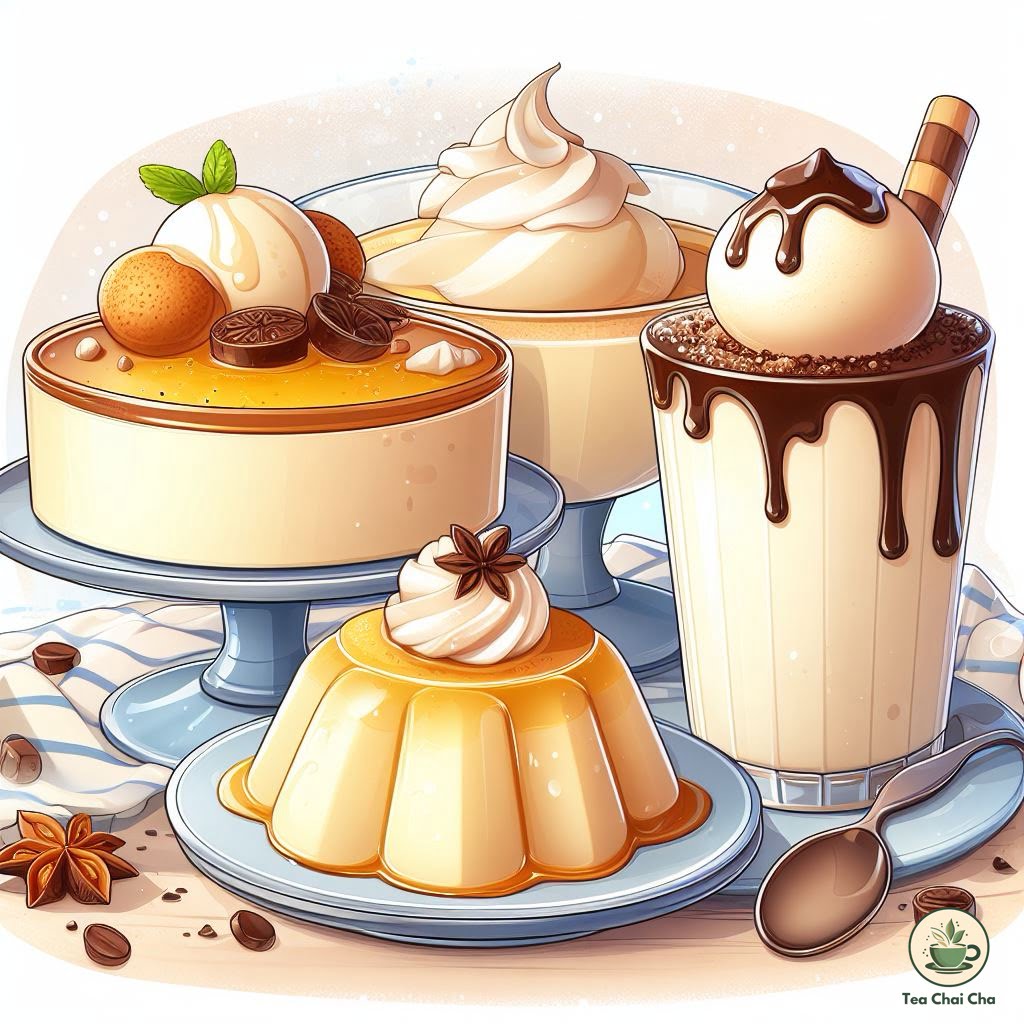
1. Vanilla and Lavender
The creamy, vanilla flavor complements the floral notes of lavender tea.
You can enjoy this duo by pairing lavender tea with vanilla-flavored desserts like panna cotta, custard, or a simple scoop of vanilla ice cream.

2. Berries and Lavender
Lavender and berries share a natural affinity.
The tartness of berries, such as strawberries, raspberries, or blueberries, complements lavender’s floral sweetness.
Incorporate lavender tea into your berry-based desserts, like tarts, cakes, or fruit salads, for a delectable combination.
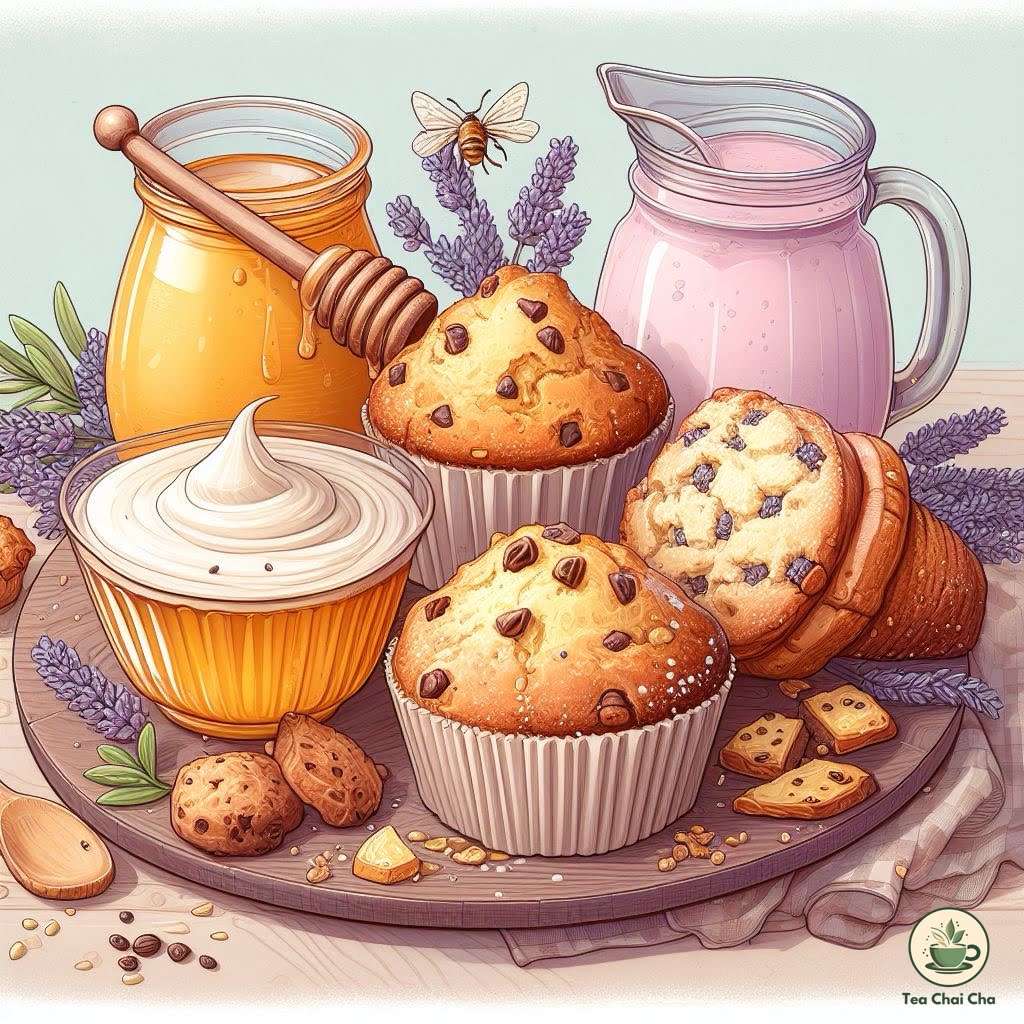
3. Honey and Lavender
Lavender’s subtle sweetness is enhanced when paired with honey.
Drizzle honey into your lavender tea or use it in sweet treats like honey lavender scones, muffins, or honey-infused yogurt to create a harmonious blend of flavors.
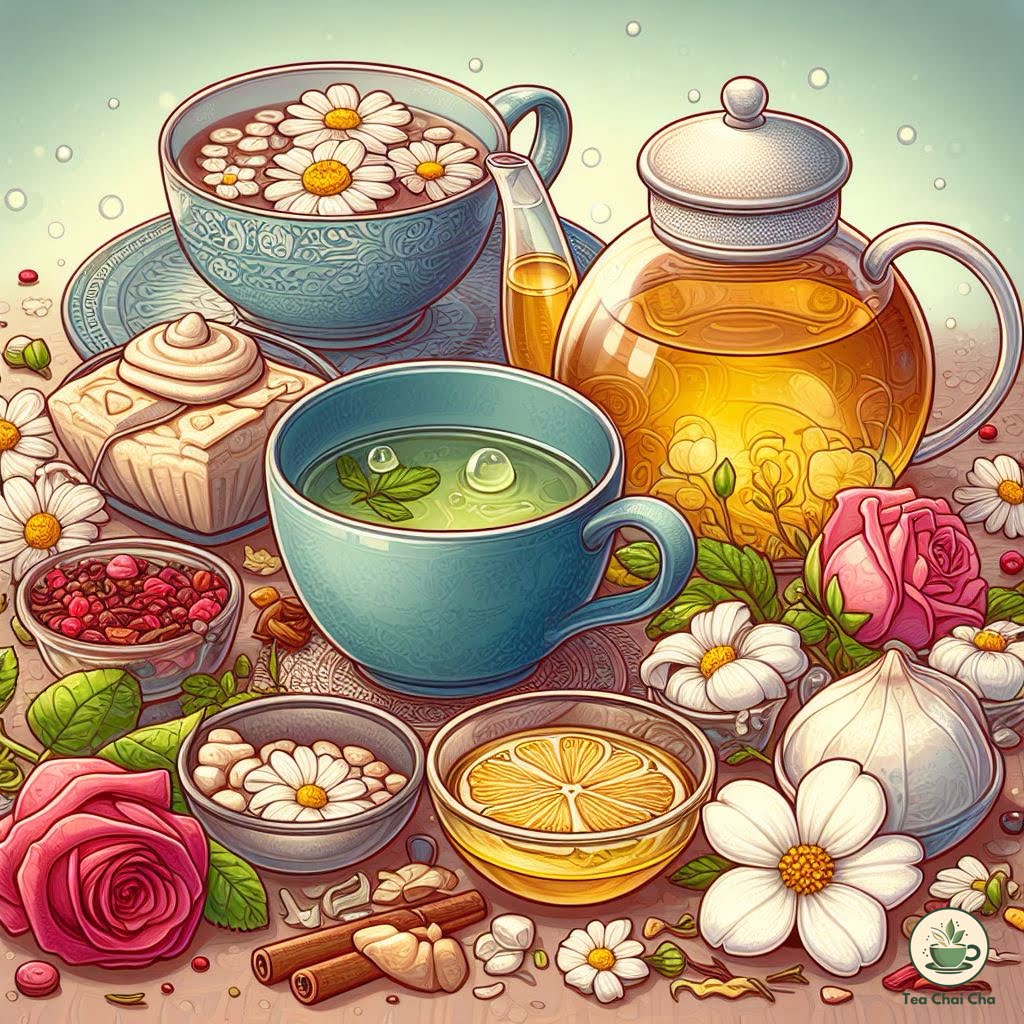
5 Teas That Taste like Lavender Tea
When you’re seeking teas that offer a flavor profile similar to lavender, you’ll find several options that feature floral notes and delicate aromas.
These teas can offer a soothing and fragrant experience similar to lavender tea.
Here are some alternatives to consider:
1. Chamomile Tea
Chamomile tea, made from the dried flowers of the chamomile plant, offers a calming and slightly sweet flavor.
Its floral notes are reminiscent of lavender, making it an excellent choice for those who enjoy the gentle, aromatic qualities of lavender tea.
It’s known for its soothing properties, making it a popular choice for relaxation and before bedtime.
2. Rose Tea
Rose tea is crafted from dried rose petals, giving a subtle and romantic floral flavor to your cup.
It shares a similar delicate, floral character with lavender tea, but with its unique rosy undertones.
This tea can be enjoyed both hot and cold, and it’s often appreciated for its pleasant fragrance and elegant taste.
3. Jasmine Tea
Jasmine tea combines green or white tea leaves with jasmine blossoms, creating a fragrant infusion with a flowery taste.
While it doesn’t taste exactly like lavender, the floral notes in jasmine tea can be pleasing to lavender tea enthusiasts.
It’s a popular choice for those who enjoy the harmonious marriage of tea and flowers.
4. Lavender-Infused Tea
If you’re specifically looking for teas with a lavender taste, you can opt for lavender-infused teas.
These blends often combine lavender with other herbs like mint or chamomile to create a unique and relaxing brew.
It’s a direct way to enjoy the essence of lavender in your tea.
5. Earl Grey Tea
Earl Grey is a classic black tea infused with bergamot orange oil, which imparts a citrusy and floral aroma.
Although it’s distinct from lavender tea, the floral undertones in Earl Grey may appeal to those seeking a tea with a floral dimension.
Related Guides on Tea Taste
Curious to try lavender tea now? Tell me – what other unusual tea flavors have you experienced, and which one stands out as your favorite? Share your tea tales in the comments below!

